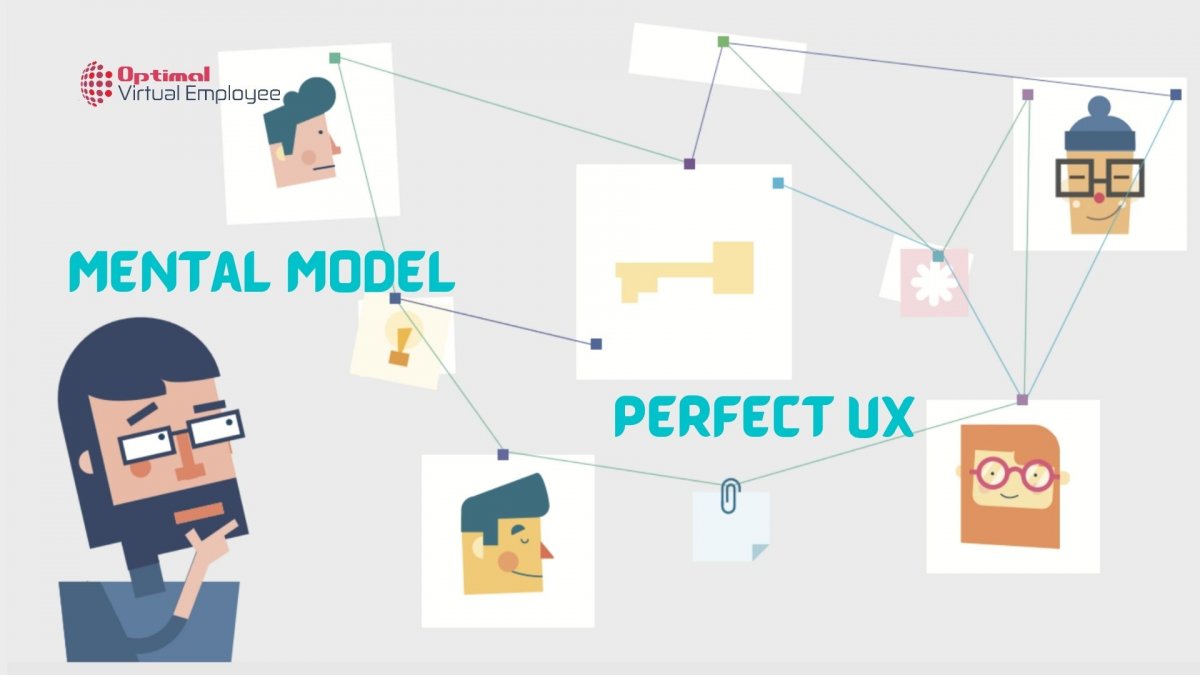User experience design can be a game-changer for mobile apps and websites. Simply put, if the UX doesn’t match with the expectations of the users, it will lead to a disaster. Half the time, the end-users either express their disappointments through reviews or completely shift their focus to other products and services with a more promising UX.
This is why UX designers need to refer to a mental model before they start designing the interface. While amateur developers have incomplete knowledge about UX mental models, they are indispensable when it comes to satisfying the needs of the end-users. Businesses hire web designers specialized in UX development to come up with perfect apps, in this article, we spill the beans on mental models and the way to benefit from them.
Significance of Mental Models in UX Designing
For understanding what a mental model is in UX design, first, one needs to think like that of a user. Let’s say you have learned about a new e-learning platform from your friends and want to give it a try. So, what are the basic and the preliminary thoughts that will come to your mind by hearing about the e-learning platform before visiting it?
- Is the interface easy to navigate or will one have to search hours after hours to get the perfect result?
- What kinds of courses are available on the platform and whether or not they are free?
- Will someone teach the courses like in a classroom or a normal video presentation will be offered?
- Can one start a course from where it was stopped previously?
Based on these questions, the user will prepare imagery which is termed a mental model. It’s any kind of image or perception that the user has made about an application or a website without exploring its functionalities. It is the aim of every UX designer to match their real application or web interfaces with the mental model so as to avoid any miscommunication or disappointment amongst the users.
How to Design a Mental Model from the user’s perspective?
For using the metal model, a UX developer and designer must develop a proper strategy.
- Building a virtual digital portfolio of an ideal user based on three questions: who the users are, what they are searching for, and what challenges or hindrances they are facing.
- After this, an empathy model is made based on what the user is thinking and feeling about the product, what rumors one has heard, what one can view, the pains and gains, and the actions being taken.
- Data visualization needs to be done to understand what the user is looking for. This will help the UX designers in the development and designing of an application or a website that will cater to the users’ needs.
- Besides knowing the audience, it is also essential for the UX designer to refer to the mental models of the market.
Is a mental model necessary?
While not a prescribed necessity, creating mental models is a part of UX design best practices. Without mapping and strategizing the model, conflicts might arise and app business may lose the users drastically.
What are the benefits of integrating a mental model in UX design strategies?
- No more guesswork: In earlier days, designers used to rely on guess works to come up with a UX strategy. However, as technology evolved and the users’’ expectations changed, it has now become important to discard guesswork and rely on original data. This is where the mental models come into play.
- No more expectation and result mismatch: With the help of the mental models, a UX designer can easily avoid mismatches between what the user is expecting and what they are being provided.
- Optimal web and app designing: With the help of the mental models, it has become possible for the developers to come up with a strategy that will optimize the website or application under consideration.
- Inclusion of real-life elements: Once you design the mental model, you will be able to make the website or the concerned app more realistic and practical. With the integration of real-life elements, you can easily impress the users, thereby promoting the user experience.
- Spot-on impression: A mental model is one based on the perception of an ideal user. Hence, if the UX platform consists of all the elements from the model itself, a designer or a business will be able to make a spot-on impact on the users.
- Reduced future challenges: With the help of the mental model, a UX designer or a business will be able to work on the future hurdles their users might face. This will further alleviate the chances of losing an audience or disappointing them.
Conclusion
Mental models can conveniently support the UX design process and take it towards successful completion. App users demand highly intuitive app experiences and mental models predict the user expectations to save the app design process from guesswork. Create impactful apps and websites in terms of the user experience they offer with mental models for the UX design.
Also read:









